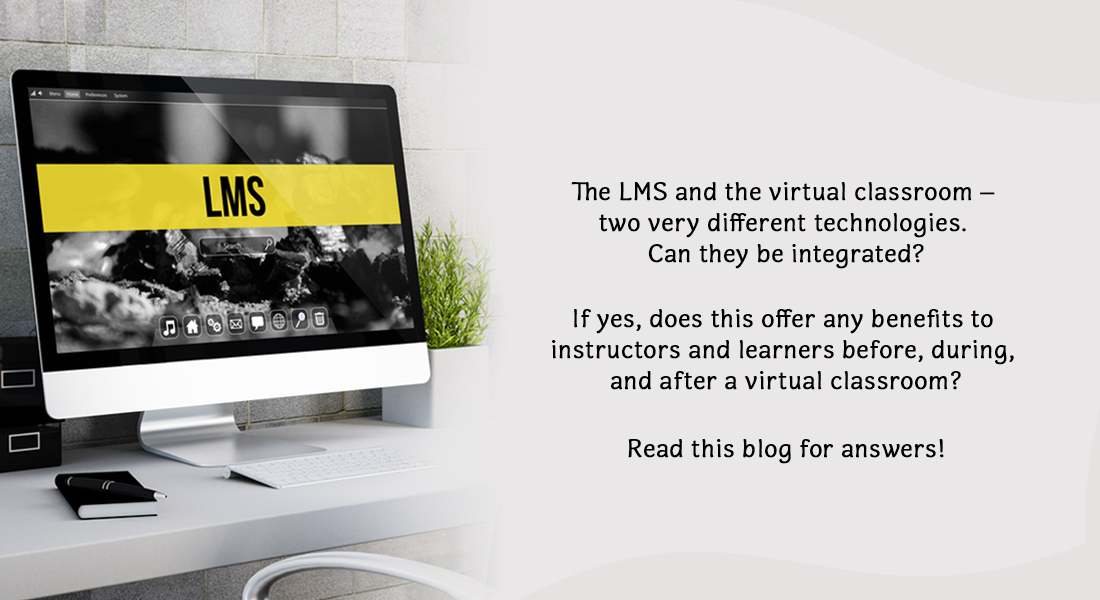E-learning or Classroom Training – Which Is the Best?

The demand for technology-enabled learning solutions is growing at a feverish pace. A study by Markets and Markets reveals the market for e-training resources is likely to touch the $446.85 billion mark by 2020, up from $150.23 billion in 2015, registering a compound annual growth rate of 24.4%.
The phenomenal rise in the use of the online learning medium begs an important question – are traditional classrooms soon going to be history? Well, the answer is a big NO. E-learning is certainly being used by an increasing number of companies, but brick and mortar classrooms still have their place in the L&D world. Instructor-led training (ILT) medium has its share of advantages and limitations, and so does the technology-enabled learning medium.
I believe that the success of a training program lies in choosing the right delivery format, and companies should be guided by two important factors while choosing learning formats.
1. Number and Location of Learners
If you have only a few people to train and all learners can be gathered at one point, then it makes sense to hold an instructor-led training (ILT) session. But, if you need to impart training to hundreds of employees spread across the world, then the web-based training format is the ideal option. This is because if you opt to train your international staff in a classroom, you will end up spending huge amounts. Moreover, it will be a logistical nightmare to train global workforce at one physical setting.
E-learning makes it easier and cost-effective to deliver learning content in native languages, enabling you train non-Anglophone learners better.
Check out the interesting eBook Delivering LOCALIZED training to your GLOBAL workforce to know more about online course translations.
2. Nature of the Learning Content
This is a very important and often overlooked aspect to be considered for selecting right learning formats. Certain subjects such as behavioral and soft skills can be imparted effectively in a classroom. For instance, the ability to hold a successful customer conversation can be developed through coaching in an instructor-led environment. On the other hand, online learning medium is ideal for training people on compliance and regulatory affairs, products, safety, and the use of software applications.
E-learning is well-suited for learning content which needs to be delivered frequently, as it is expensive to hold classroom sessions on a regular basis.
Today, many companies are using a blend of the traditional and online learning methodologies to train their personnel. Blended learning approach helps you make the best use of the flexibility of e-learning and provides a “human touch” to a training program.
Thus, we see that classroom training is not history yet. Both the instructor-led and online learning mediums have their share of benefits and limitations. By focusing on the two aspects discussed above, you can choose the right learning format.





